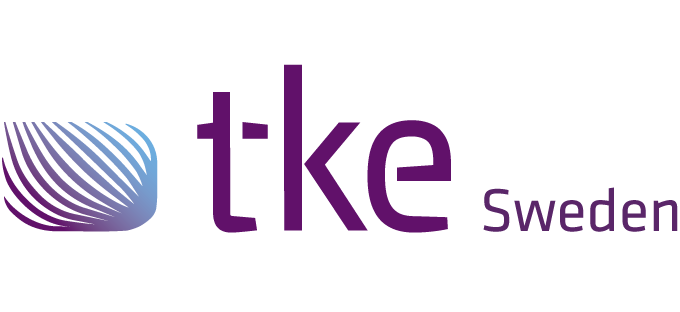How to implement CANopen in existing systems?
Implementing CANopen into existing systems requires careful consideration of both hardware and software components. The first step is to ensure that your system is equipped with a CAN bus interface, which is essential for communication. This includes having a compatible CAN controller and transceiver. Additionally, you must consider the physical layer requirements such as cable types, connectors, and termination resistors.
On the software side, a CANopen protocol stack is necessary. This stack handles the communication protocols and ensures that data is exchanged correctly between devices. Compatibility with existing systems is crucial, so verify that your devices support CANopen standards. Initial setup might require specific configuration tools to define device parameters and network management settings. Investing in a CANopen configuration tool can streamline this process, ensuring a smooth integration.
How does CANopen enhance industrial communication?
CANopen significantly enhances industrial communication by facilitating efficient data exchange and robust network management. One of its primary benefits is the ability to handle real-time data transmission, which is vital for applications requiring high-speed and reliable communication. This efficiency is achieved through a well-defined communication protocol that includes process data objects (PDOs) and service data objects (SDOs).
Furthermore, CANopen’s network management capabilities allow for flexible configuration and monitoring of network nodes. It supports features like node guarding and heartbeat messages, ensuring that all devices are functioning properly. The protocol’s modular approach allows for easy adaptation and expansion of the network, making it a preferred choice for industries looking to enhance both communication efficiency and reliability.
What are the common challenges faced during CANopen integration?
Integrating CANopen into existing systems can present several challenges. One common issue is ensuring compatibility between new and existing components. This may involve updating or replacing hardware that does not support CANopen or adjusting software configurations to align with CANopen standards. Addressing these compatibility issues is critical to a successful integration.
Another challenge is the complexity of initial setup and configuration. CANopen networks require precise configuration of node addresses and communication parameters, which can be daunting for those unfamiliar with the protocol. To overcome these challenges, it’s essential to have a thorough understanding of CANopen’s architecture and to use reliable configuration tools. Troubleshooting tips include verifying physical connections, ensuring correct termination, and systematically testing each network component.
How to choose the right tools for CANopen implementation?
Selecting the appropriate tools for CANopen implementation is crucial for a successful integration. When choosing configuration tools, look for those that offer intuitive interfaces and comprehensive documentation. These tools should provide functionalities for setting up node parameters, managing network configurations, and monitoring data traffic.
Another key consideration is the availability of support and updates from the tool provider. Tools that are frequently updated and supported by a knowledgeable team can significantly ease the integration process. Additionally, consider investing in diagnostic tools that can aid in troubleshooting and maintaining the network. These tools can help identify communication issues and ensure that the network operates efficiently.
What services does TKE Sweden AB offer for CANopen integration?
At TKE Sweden AB, we offer a range of services designed to facilitate the seamless integration of CANopen into your existing systems. Leveraging over 20 years of expertise in CAN-bus technology, we provide customized solutions tailored to meet specific client needs. Our services include comprehensive support for hardware and software setup, ensuring that all components are compatible and configured correctly.
We also offer consultation services to guide you through the integration process, from initial planning to final implementation. Our team is well-versed in troubleshooting and can assist in resolving any challenges that arise during the integration. By choosing TKE Sweden AB, you gain access to state-of-the-art fieldbus solutions and CAN-bus technology, all delivered in your local language. Our goal is to add value to your operations and ease your transition to a more efficient and reliable communication system.



